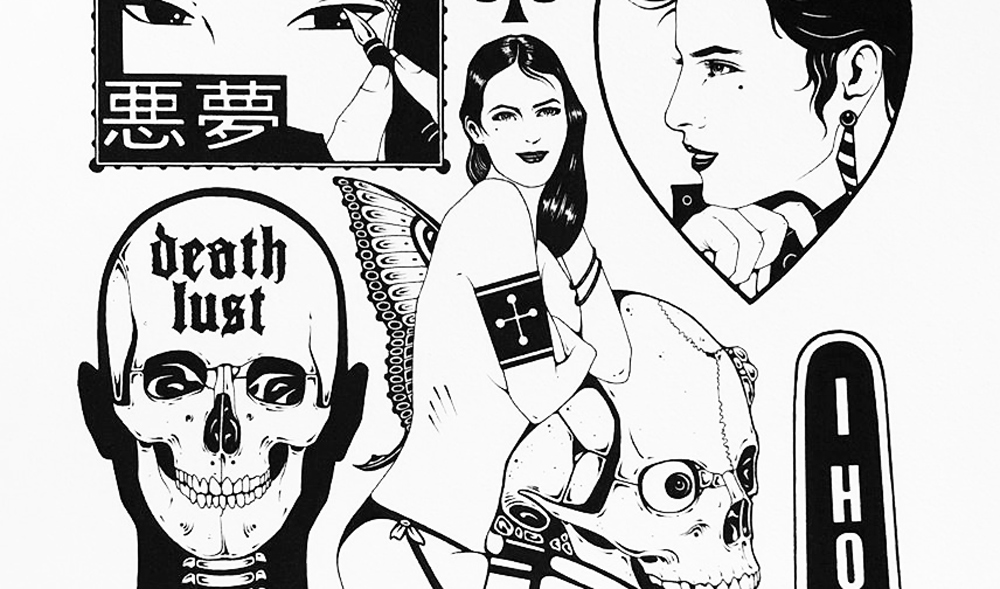
With his range of Swift Death Club custom tees just the latest string in his bow, designer Shane Swift has always had a fluid approach to making. Starting out just over 10 years ago with a mission to learn to tattoo, he quickly turned his focus to drawing and painting and has been making a living from his art for the past six years.
Swift’s long had an interest in shirt making – guys with hand-drawn band T-shirts were some of his earliest inspiration – and this, coupled with the chance to have his work on another medium, made designing his own selection of T-shirts a no-brainer. We’ve been really intrigued by how he runs his super short campaigns, so we caught up with him to chat about his design process, cult appeal and why his 3-day drops are best for Instagram’s attention span.
DESIGN
In Swift’s opinion, when it comes to running a successful pre-order T-shirt campaign, design is always the most important aspect. He approaches his tees as he would any other work, creating drawings first and then developing it into a T-shirt if he gets a sense that it could translate well. “The design process between the shirt and the art is the same, basically,” he said. “The drawing comes first. Whether it makes it to a shirt is based solely off the fact of whether or not it fits and works well with that medium.”
Favouring simple, to the point graphic designs, Swift’s advises having faith that your audience likes and therefore will want to support your work. And, as he puts it, it can involve some trial and error: “If it doesn’t sell as well, figure out what your base likes that also coincides with what you’re proud of creating.”
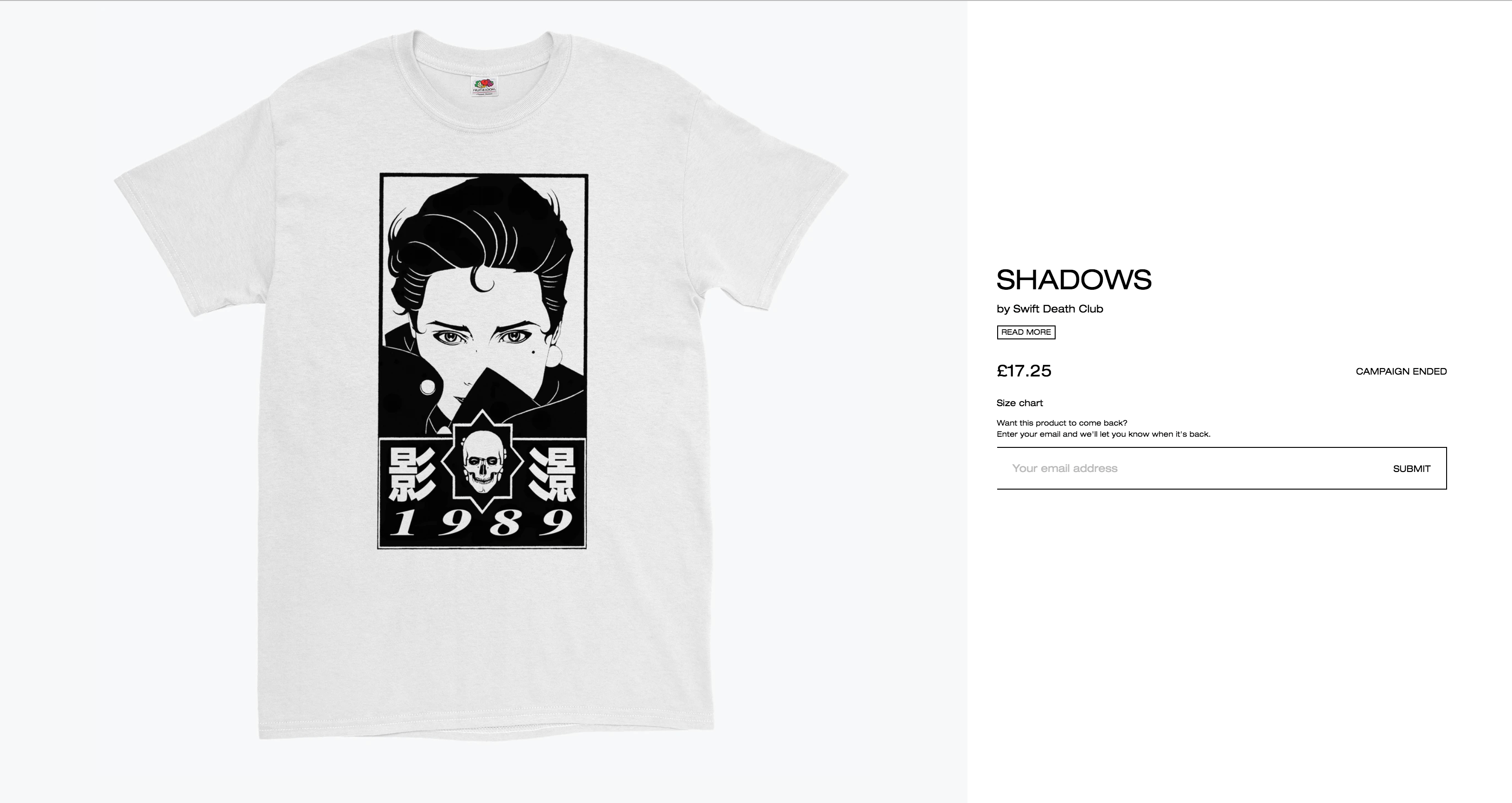
SHORT AND SWEET
There’s no exact science to deciding what length of campaign is best for you. While some creators will want to take their time with promo, giving themselves plenty of space to make content and shout about their designs, others will prefer to keep it short and sweet, leaving them free to focus on everything else they do.
Swift definitely falls in the latter camp. “It’s quick,” he said. “I don’t like to take too long on things. It’s simple, short and sweet.” If you’re someone who works best under tight deadlines, or you like to work on only one project at a time, there’s a good chance you’ll find that a shorter campaign slots most easily in with what you’re doing. (Check out Step Five of our guide to prepping your campaign for success for more insights on the pros and cons of different campaign lengths).
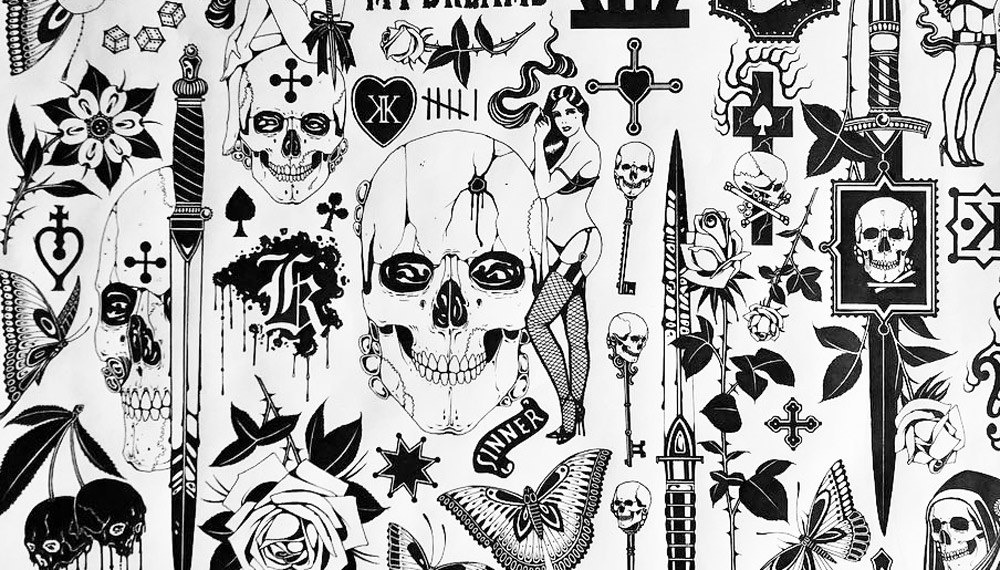
A SENSE OF URGENCY
For Swift, running super short campaigns made sense in the context of his audience and the platform he uses to share his work. “The idea of short campaigns came about because of attention span,” he told us. “I sell my work exclusively via Instagram, and with an app that’s just endless scrolling with a few taps here and there, it seemed like a way to both grab the attention of those interested and sort of cull out those who aren’t.”
Because they’re fleeting, campaigns that lasts only a few days create a sense of urgency. Your audience will have a very limited window to buy your designs, and this can make the decision to either commit or not easier. “If someone wants a shirt, and they only have 2 days to get one, they’ll jump on it.” Swift agreed, “If they are on the fence, it sort of makes their decision not to buy one a little easier. Less is more, I guess.”
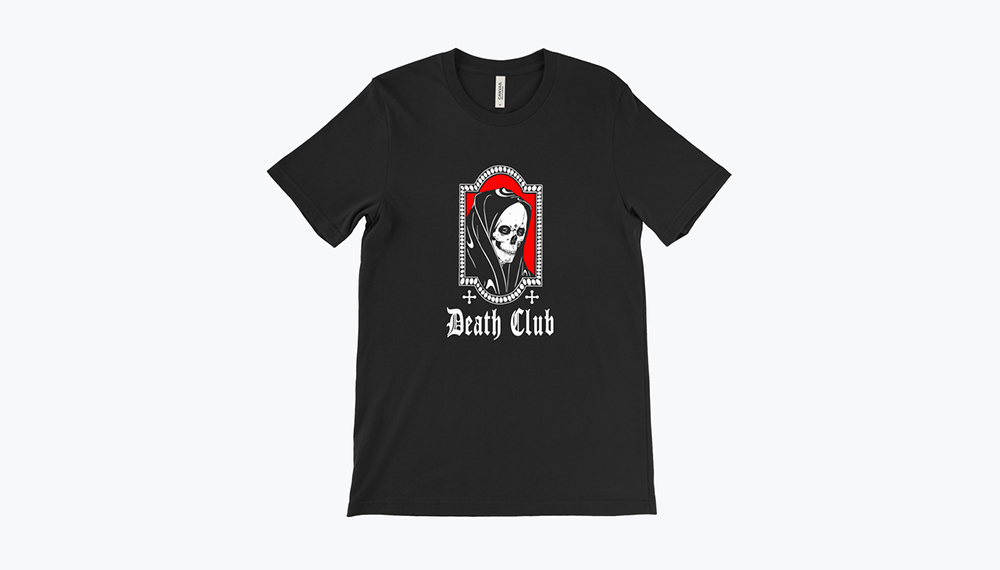
CONDENSE YOUR PROMO
We’ve briefly touched on it already, but one of the big benefits of the short campaign is that the time you’ll spend on promoting your designs is very limited. If the promo side of things doesn’t come so naturally, or you’re unsure about sending lots of updates out to your audience, then this could suit your style. That’s not to say you won’t need to promo your tees at all (after all, how else will people get to hear about them?) but it will mean it’s very concentrated.
In Swift’s case, as he adapts his designs directly from his drawings, his T-shirts will already have had some exposure by the time they’re launched, in the sense that he’ll have posted the original drawings up on his feed. He keeps promotion streamlined, “I’ll post a link to it with either a few words or no words,” he explained, “I’m not a salesman, and I don’t plan to be. It’s probably not the best business plan, but I got into art so I wouldn’t have to be a businessman.”
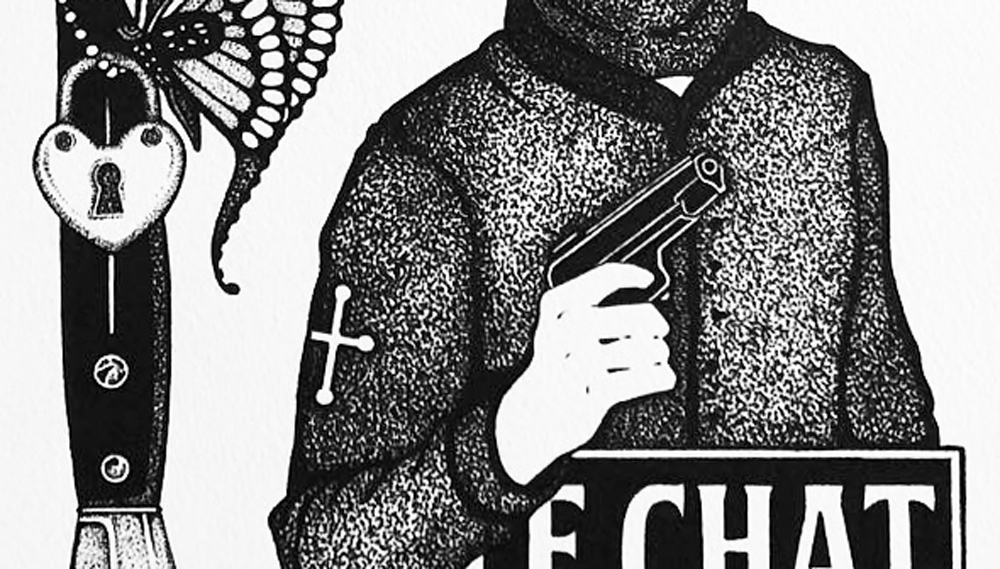
CULT APPEAL
It almost goes without saying that a potential negative of the super short campaign will be people missing out on the chance to buy your tees. Whether it’s a too short notice in terms of their bank balance, or they only stumble upon your campaign after it’s closed, the reality of limiting the drop to just a few days is that some people inevitably miss out.
As Swift sees it though, this is just part of the process and shows there’s an appetite for your designs. “I’m often messaged like a day or two after it ends with people requesting or inquiring how they can get one,” he said. “Those who see the shirt have a chance to get one, if you miss it, there will always be another.” It’s a point that ties to the desirability of rarer things too; often the harder it is to acquire something, the more valuable it will feel. If you want your T-shirts to have a cult appeal, sometimes it’s good to keep people wanting more.
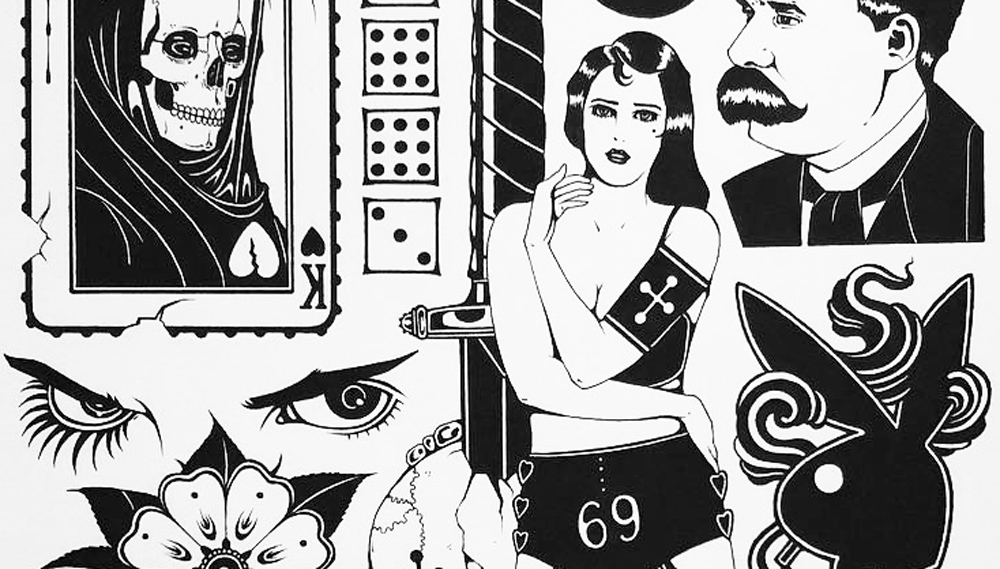
SECOND CHANCES?
So what to do if you run a short campaign, and then are flooded with messages requesting to buy once it closes? Firstly, once your campaign has closed that doesn’t mean it’s closed forever, the ‘relaunch’ button on your campaign page lets you relaunch it with one click, so you can always open it up again if you feel that there’s a big appetite for your tee.
In Swift’s case though, once it’s closed, it’s closed; when this happens to him, his strategy is just to make a new T-shirt, “I’ve always been the type of person who would rather move forward and not backward,” as he explained. “I suppose it’s the difference between being an artist and a brand. I like to keep things new and fresh,” he added, “I think for someone who’s running a shirt company or a brand of sorts would be better suited to rerelease it to their viewers. If that many people want it, why not!”
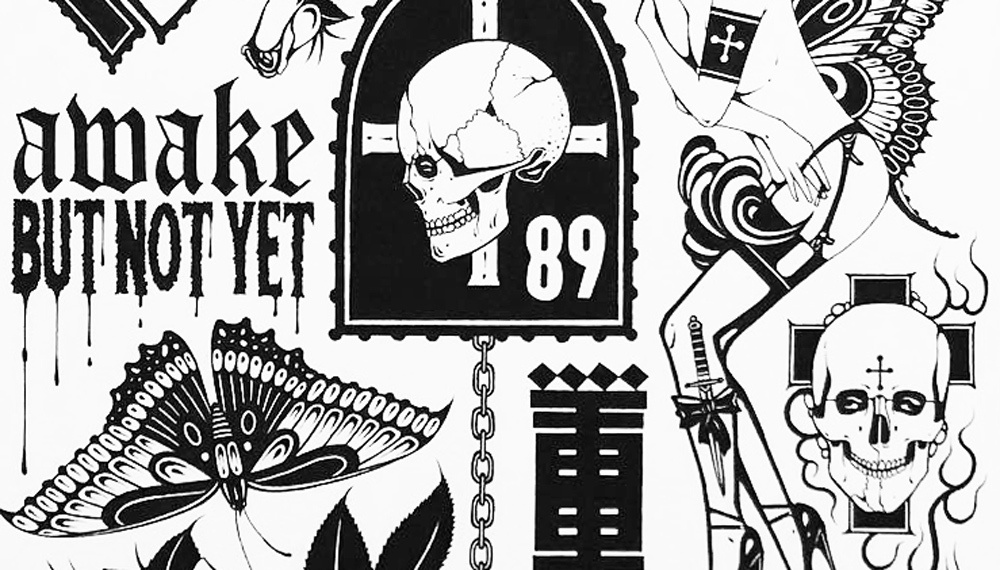
Want to learn about merch design from the best in the business? Head to our interview with Mad Decent’s Jackson Green.


